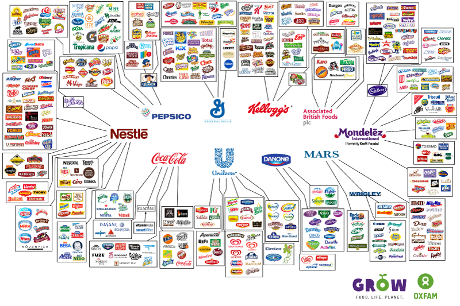While you wait for your copy of the October 4, 2016 drop by #Guccifer 2.0 to download, you may want to peruse the file list for that drop: ebd-cf-file-list.gz.
A good starting place for comments on this drop is: Guccifer 2.0 posts DCCC docs, says they’re from Clinton Foundation – Files appear to be from Democratic Congressional Campaign Committee and DNC hacks. by Sean Gallagher.
The paragraph in Sean’s post that I find the most interesting is:
…
However, a review by Ars found that the files are clearly not from the Clinton Foundation. While some of the individual files contain real data, much of it came from other breaches Guccifer 2.0 has claimed credit for at the Democratic National Committee and the Democratic Congressional Campaign Committee—hacks that researchers and officials have tied to “threat groups” connected to the Russian Government. Other data could have been aggregated from public information, while some appears to be fabricated as propaganda.
…
To verify Sean’s claim of duplication, compare the file names in this dump against those from prior dumps.
Sean is not specific about which files/data are alleged to be “fabricated as propaganda.”
I continue to be amused by allegations of Russian Government involvement. When seeking funding, Russian (substitute other nationalities) possess super-human hacking capabilities. Yet, in cases like this one, which regurgitates old data, Russian Government involvement is presumed.
The inconsistency between Russian Government super-hackers and Russian Government copy-n-paste data leaks, doesn’t seem to be getting much play in the media.
Perhaps you can help on that score.
Enjoy!
